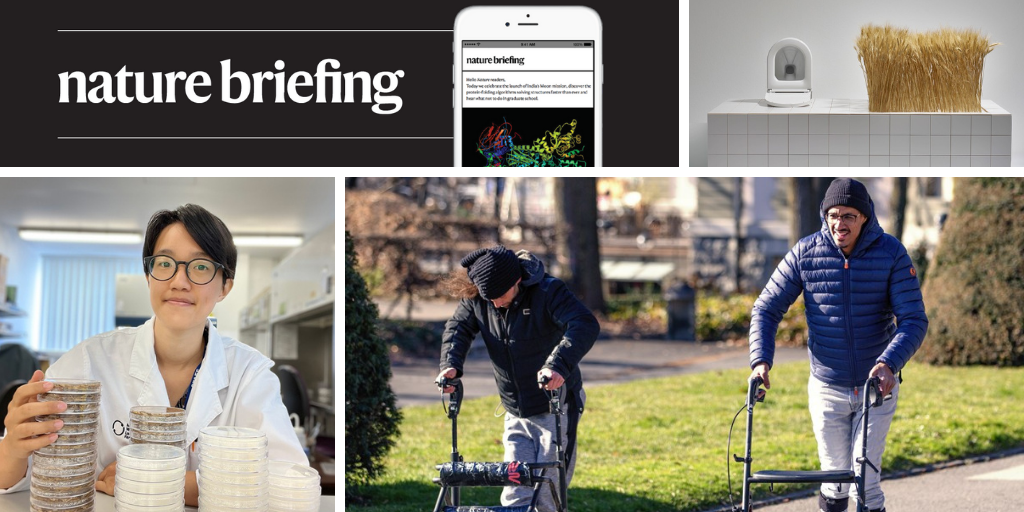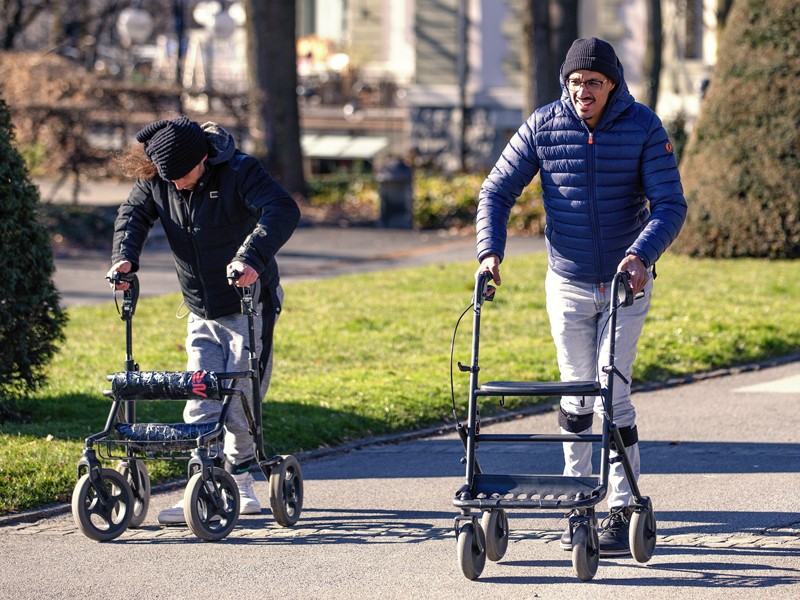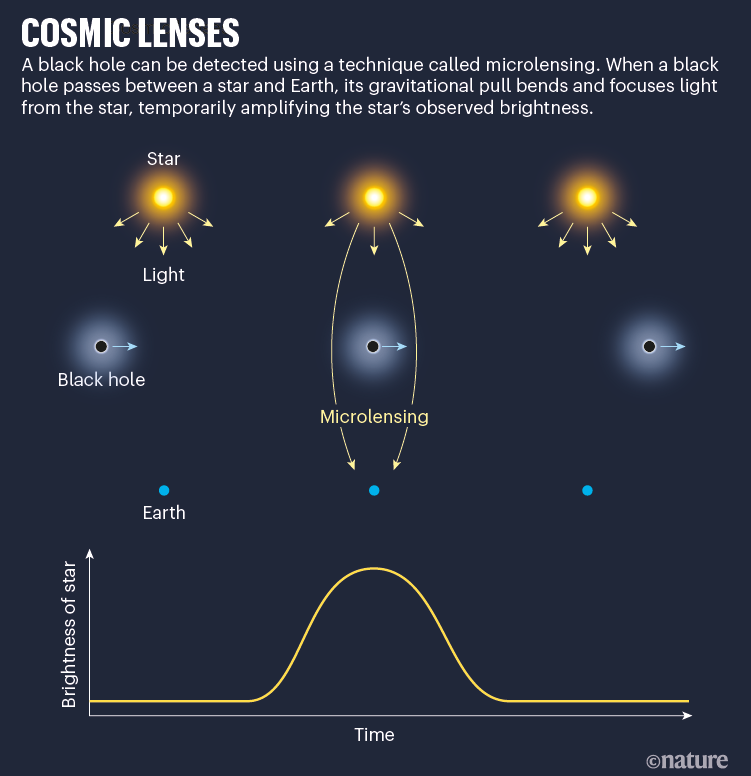Hello Nature readers, would you like to get this Briefing in your inbox free every day? Sign up here.
Three people once paralysed by complete spinal-cord injuries can walk, swim, pedal a bicycle and even paddle canoes, thanks to a device that stimulates neurons in their spinal cords. It is the first implant specifically designed to control movement by mimicking the signals the lower body usually receives from the brain and upper spinal cord. Each participant recovered some level of movement within one day of activating the implant, such as walking on a treadmill while their weight was supported.
Reference: Nature Medicine paper
An experimental reactor in the United Kingdom has generated the highest-ever sustained energy from nuclear fusion, the process that powers the Sun. The Joint European Torus (JET) produced 59 megajoules of energy over a fusion ‘pulse’ of five seconds. JET’s success suggests that a follow-up project that uses the same technology and fuel mix — the ambitious US$22-billion ITER, scheduled to begin fusion experiments in 2025 — should eventually be able to achieve the ultimate goal: generating more energy than is put in.
US President Joe Biden’s top science adviser, Eric Lander, resigned on Monday — leaving the country’s scientific community hoping for a speedy replacement. A White House investigation found that Lander had violated the Biden administration’s workplace policy by bullying and demeaning staff, reports Politico. Researchers hope that leadership will soon be restored to the Office of Science and Technology Policy, which Lander directed, so that it can continue an agenda that includes the creation of a biomedical innovations agency and the revamping of the country’s pandemic preparedness plan. “We just need, as quickly as possible, someone in the driver’s seat who’s respected inside and outside the White House,” says physicist Neal Lane.
Features & opinion
Separating urine from the rest of sewage could reduce pollution, save water, produce better fertilizers and lessen the strain on sewer systems. But there are big obstacles to radically re-engineering one of the most basic aspects of life. Capturing urine separately from other waste poses a challenge to toilet designers — and that is just the first step.
For researchers who can take on the risk, newly founded companies can offer a potentially bright future. “Start-ups are often willing to take bets on people based on aptitude and enthusiasm rather than specific credentials,” says Matt Krisiloff, who co-founded a fertility company based in the United States. He argues that joining a start-up isn’t as risky as it might seem. “There’s so much capital sloshing around in the world right now,” he says. “They’re desperately looking for people.”
“It’s going to dwarf the scale of any disaster we have ever had,” says geologist Chris Goldfinger of a huge earthquake that threatens the northwest coast of North America. “We know it’s coming.” And with it, a tsunami that threatens the region’s seaside towns. On the southern side of the US–Canadian border, disjointed disaster planning means that each community is having to grapple with whether to build earthquake-proof towers where residents can flee to safety with only minutes of warning. “The fact of the matter is that, if a tsunami occurs tomorrow, we are going to lose all of our children,” says local school superintendent Andrew Kelly.
The New York Times | 9 min read
Infographic of the week
Astronomers have, for the first time, seen an isolated black hole wandering across the Milky Way. Lone black holes probably litter the Galaxy, but they’re extremely hard to spot. Black holes are typically glimpsed as they interact with other objects, such as companion stars.
To find a lone one, the team used a technique known as microlensing. The researchers looked for stars that appeared to brighten as an invisible object passed by, its gravitational pull bending and focusing the stars’ light like a lens. Very massive objects, such as black holes, affect a larger area of space and so brighten the star for longer. The team selected eight candidate objects, which produced no light of their own but brightened a background star for at least 200 days, for further observations. The researchers now have enough data to assert that one is a black hole. (Nature | 5 min read)
See more of the week’s key infographics, selected by Nature’s news and art teams.






More News
Author Correction: Bitter taste receptor activation by cholesterol and an intracellular tastant – Nature
Audio long read: How does ChatGPT ‘think’? Psychology and neuroscience crack open AI large language models
Ozempic keeps wowing: trial data show benefits for kidney disease